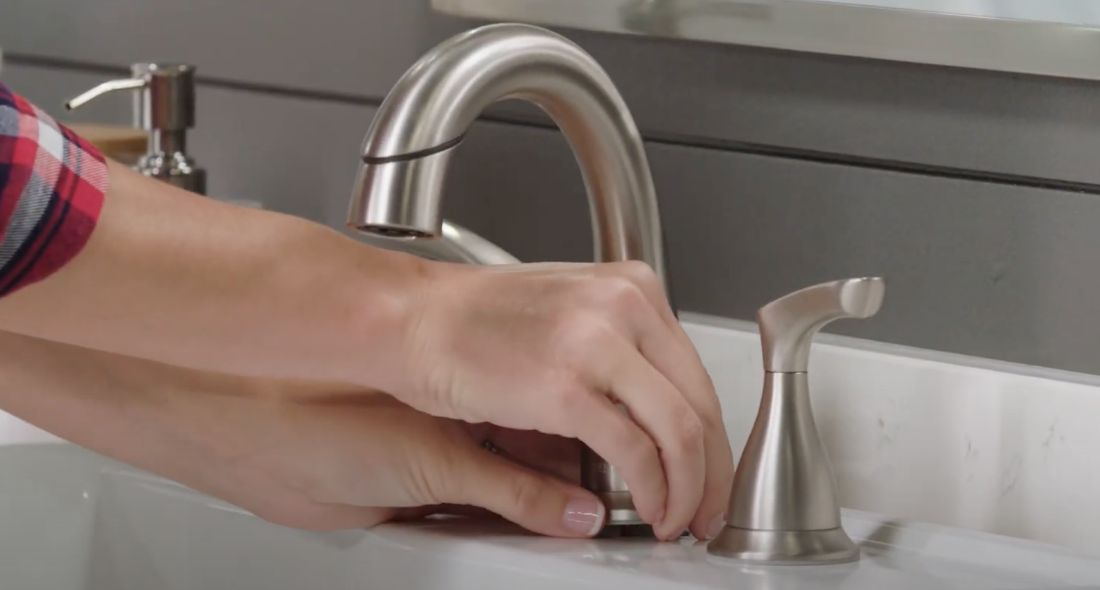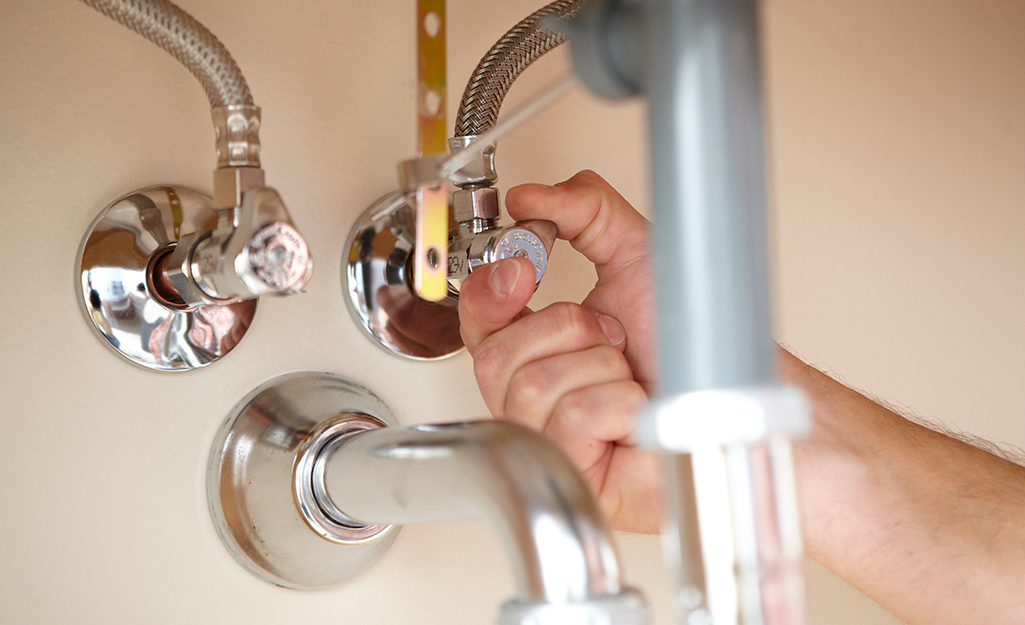Are you trying to locate resources about Why Are My Faucets Dripping (And Can I Fix It Myself)??

Dripping faucets may seem like a minor inconvenience, but their influence surpasses simply the annoyance of the noise. From drainage to sustaining unnecessary monetary expenses and health and wellness dangers, ignoring a dripping faucet can result in different consequences. In this short article, we'll explore why it's vital to resolve this usual house concern immediately and properly.
Wastefulness of Water
Ecological Influence
Trickling taps add dramatically to water wastefulness. According to the Epa (EPA), a solitary tap leaking at one drip per secondly can squander greater than 3,000 gallons of water each year. This not only stress water resources yet also affects environments and wild animals dependent on them.
Financial Costs
Enhanced Water Bills
Beyond the environmental influence, trickling taps can pump up water expenses substantially. The built up wastage over time equates into higher utility expenditures, which can have been prevented with timely repair work.
Potential Residential Or Commercial Property Damage
In addition, long term leaking can bring about harm to components and surfaces surrounding the faucet. Water accumulation can trigger discoloration, rust, and even architectural problems if left ignored, resulting in additional repair service costs.
Wellness Worries
Mold and Mold Growth
The constant existence of dampness from a leaking faucet develops a suitable environment for mold and mildew and mildew development. These fungi not just compromise interior air quality yet additionally present health dangers, particularly for people with respiratory problems or allergic reactions.
Waterborne Illness
Stationary water in leaking taps can become a breeding place for microorganisms and other virus, increasing the danger of waterborne conditions. Pollutants such as Legionella microorganisms thrive in stagnant water, possibly leading to severe illnesses when ingested or inhaled.
DIY vs. Specialist Repair
Benefits and drawbacks of Do It Yourself Repair Work
While some might try to repair a leaking tap themselves, DIY repair work feature their own collection of challenges. Without proper understanding and devices, do it yourself efforts can intensify the problem or lead to incomplete repair services, prolonging the problem.
Advantages of Hiring a Specialist Plumber
Working with a professional plumber guarantees that the underlying root cause of the trickling tap is addressed efficiently. Plumbing professionals have the competence and devices to diagnose and repair tap issues successfully, saving time and decreasing the threat of further damages.
Step-by-Step Overview to Taking Care Of a Dripping Faucet
Devices Needed
Prior to trying to take care of a leaking faucet, collect the required tools, including a flexible wrench, screwdrivers, substitute parts (such as washing machines or cartridges), and plumber's tape.
Typical Tap Issues and Their Solutions
Identify the type of faucet and the specific issue causing the drip. Usual troubles consist of damaged washing machines, rusty valve seats, or defective O-rings. Describe manufacturer instructions or on-line tutorials for step-by-step assistance on repair work.
Preventive Measures
Regular Upkeep Tips
To avoid leaking faucets, perform routine upkeep such as cleaning up aerators, checking for leaks, and replacing damaged parts quickly. In addition, take into consideration setting up water-saving devices or updating to a lot more effective fixtures.
Relevance of Prompt Fixes
Attending to dripping taps as quickly as they're seen protects against more water waste and prospective damage, ultimately saving both water and cash over time.
Impact on Residential Or Commercial Property Value
Perception of Well-Maintained Building
Preserving a home in good condition, including attending to maintenance concerns like dripping taps, enhances its regarded value and worth among possible buyers or lessees.
Influence on Resale Value
Characteristics with properly maintained plumbing fixtures, consisting of faucets, command greater resale worths in the real estate market. Resolving dripping taps can add to a positive impact during residential or commercial property examinations and negotiations.
Ecological Duty
Individual Payment to Preservation
Taking responsibility for dealing with dripping faucets lines up with more comprehensive efforts toward water preservation and environmental sustainability. Every individual's actions jointly make a considerable effect on preserving valuable sources.
Lasting Living Practices
By prioritizing punctual repairs and embracing water-saving practices, individuals add to sustainable living methods that profit both existing and future generations.
Conclusion
Addressing a trickling faucet exceeds plain convenience; it's a necessary action towards conserving water, decreasing monetary expenses, and securing wellness and residential or commercial property. Whether with do it yourself fixings or professional assistance, taking action to repair leaking taps is a small yet impactful way to promote responsible stewardship of resources and add to a much healthier, more sustainable future.
How to Fix a Leaky Faucet: Step-by-Step Repair Guide
A leaky faucet may seem like a simple annoyance, but if it's not fixed promptly, that leak could cost hundreds to potentially thousands. From water damage to mold, mildew, and high water bills, even a tiny leak can be catastrophic if left unattended. Damage like this can even affect the overall value of your home, so it's important to take the right approach for leaky faucet repair. You may need the help of a plumber in some cases, but we've got a few tips you can try on how to fix a leaky faucet before calling the pros.
Four Faucet Types
When you're learning how to fix a leaky faucet, the first step is knowing what kind of faucet you're working with! There are four common types.
Cartridge Faucets
Cartridge faucets come in one- or two-handled varieties. In one-handled cartridge faucets, hot and cold water combines in a single cartridge. In the two-handled versions, hot and cold water are controlled separately and mixed in the faucet.
Ball Faucets
Ball faucets have a single lever you push up and down to adjust the pressure and rotate to change the temperature. A slotted metal ball controls the amount of water allowed into the spout.
Compression Washer Faucets
They're the oldest type of faucet, but they're still used in many homes — especially older ones. Compression faucets have two separate handles that, when turned, raise or lower the washer that seals a water valve. This valve stops water from flowing through the faucet when it is turned off.
Disc Faucets
Disc faucets rarely need to be repaired due to their maintenance-free design. The water flow is controlled by two discs — the upper one raises and lowers against a fixed lower disc, creating a watertight seal. If your disc faucet starts leaking, you may need to replace the seals or clean residue buildup from the inlets.
Fixing a Leaky Faucet
Step 1: Turn Off the Water
Whether you're learning how to fix a leaky bathtub faucet or how to fix a leaky kitchen faucet, always turn off the water supply to your working area when you're fixing a leak. The last thing you want is a flood added to your list of things to fix.
Look for the shutoff valves below your sink or around the tub and turn them clockwise to stop the water flow. If your faucet doesn't have shutoff valves, you may need to turn off the water for the whole house. Check to make sure it's off by turning the faucet on. If nothing comes out, you're ready to start the repair.
Step 2: Take Apart the Faucet
How you disassemble your faucet depends on the type of fixture you have. You can use a flathead screwdriver to remove the caps on top of the handle or handles for cartridge and compression faucets. Inside, you should see handle screws. Unscrew these with a screwdriver to remove the handle.
Disc- and ball-style faucets will typically have an inlet screw near the handle, and removing that will reveal the interior of the faucet.
Detach the Valve Stem
For cartridge- and compression-style faucets, you'll see the inner valve stem or cartridge once you remove the faucet handles. If you have a compression faucet, unscrew the brass valve stem. If you have a cartridge faucet, pull out the cartridge. If your cartridge has been in place for a while, it may require some tools or extra force to remove it due to mineral deposits.
Examine and Replace Parts
Once you've removed the parts, check them out to confirm what needs to be replaced. You may see corroded rubber washers, O-rings, stems, or cartridges. On a ball-style faucet, check the seats and springs for damage.
If you need to repair a leaky disc faucet, check the inlet and seals on the lower disc.
Once you determine what parts must be replaced, visit your local hardware store. Bring the damaged parts with you to ensure you can purchase the correct components to replace them.
Clean Valves and Faucet Cavity
If you've removed a stem or cartridge, you may notice mineral buildup in the faucet's threads. Use white vinegar to clean the valve seat by soaking it for a few minutes, then scrub it away with a soft toothbrush and rinse with warm water. You can also clean the interior of the faucet in the same way.
Reassemble the Faucet
Once your faucet is cleaned and the required parts have been replaced, it's time to reassemble it. Put the pieces back together and slowly turn the water supply back on. Doing this slowly is crucial because too much initial water pressure can damage the new hardware you've just installed.
https://homewarranty.firstam.com/blog/how-to-fix-leaky-faucet

Do you appreciate more info about Leaky Faucets: Why They Happen & What to Do About Them? Post feedback directly below. We will be happy to hear your opinions about this write up. We are looking forward that you come back again before long. So long as you enjoyed our page if you please consider to share it. Thank you for your time spent reading it.
Comments on “Our Upsides of Correcting a Dripping Faucet”